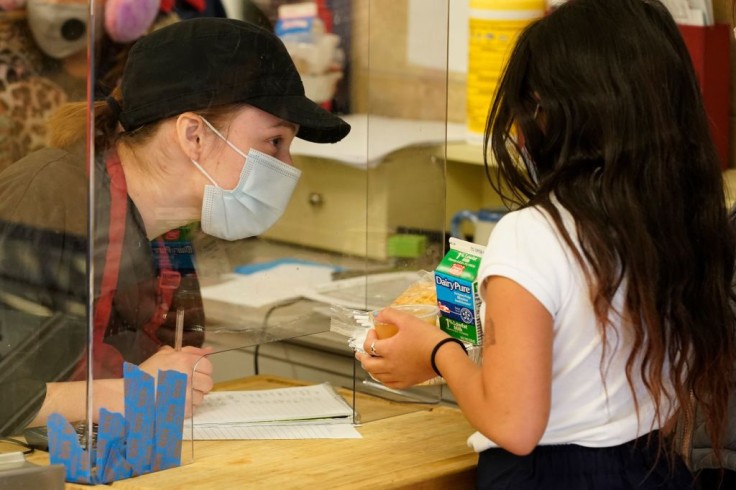
Students may no longer get free school meals as they may be stopped due to worsening shortages in different school districts. School cafeterias are already on the brink of collapse ever since the COVID-19 pandemic caused shortages in school staff and insecurity in the supplies and materials, according to a report in ABC News.
Thresa Thomas, a lunch lady in Culver City, California, had been making the children's day for 14 years through lunch prep. However, the COVID-19 pandemic has caused unprecedented chaos in hospitals, lunchrooms, and kitchens. It has been a constant battle and scramble for the past two years, from missing colleagues to whipping up whatever ingredients their kitchen had.
Thomas is one of the people that struggle at the frontline amid all the intense pressure and challenges that school districts across America have been facing for the past two years to continue serving billions of meals to children. According to some school officials, the challenge of providing school lunch trays to children has been constant. Some school cafeterias across the country cannot offer some basics such as milk, grains, or meat due to crippling shortages in the supply chain. In addition, the chronic condition of being understaffed, difficulty in competing with the food service industry, and inflating prices of essential commodities have been haunting the school districts.
The Ultimate Breakfast Round
The UBR is a food product that is seen in all school cafeterias. It has convenient pre-packaging, and it also offers USDA-approved nutritional value. However, due to an incident in February 2021 where an ice storm wiped out a Texan factory, the UBR disappeared. Due to the UBR being removed from the menus, more school cafeterias across the country had to change the pre-planned lunch menus, resulting in higher costs.
School districts across the country have felt the worsening shortages of different supplies such as drumsticks and dinner rolls. More suppliers show up empty-handed. Many manufacturers have stopped production, and some distributors have canceled their contracts.
Empty cupboards
According to the USDA, 92 percent of school districts have had empty cupboards due to disruptions in the supply chain during the pandemic, while about 73% experienced staffing shortages. For the last two years, they have seen an exodus of employees towards workplaces with higher pay and more consistent hours.
Inflation has been an enormous hurdle for consumers and school cafeterias as well. However, one source of hope for the school cafeterias amid the pandemic is the Agriculture Department. Reimbursement rates were raised, and the restrictive requirements have been loosened slightly, at least for school cafeterias. However, due to Congress' non-extension of the waivers, more and more district officials are worried about how to proceed with feeding America's youth. Although reimbursement rates through releases have been a critical buffer amid the worsening conditions, once these waivers expire, rates will plummet as well.